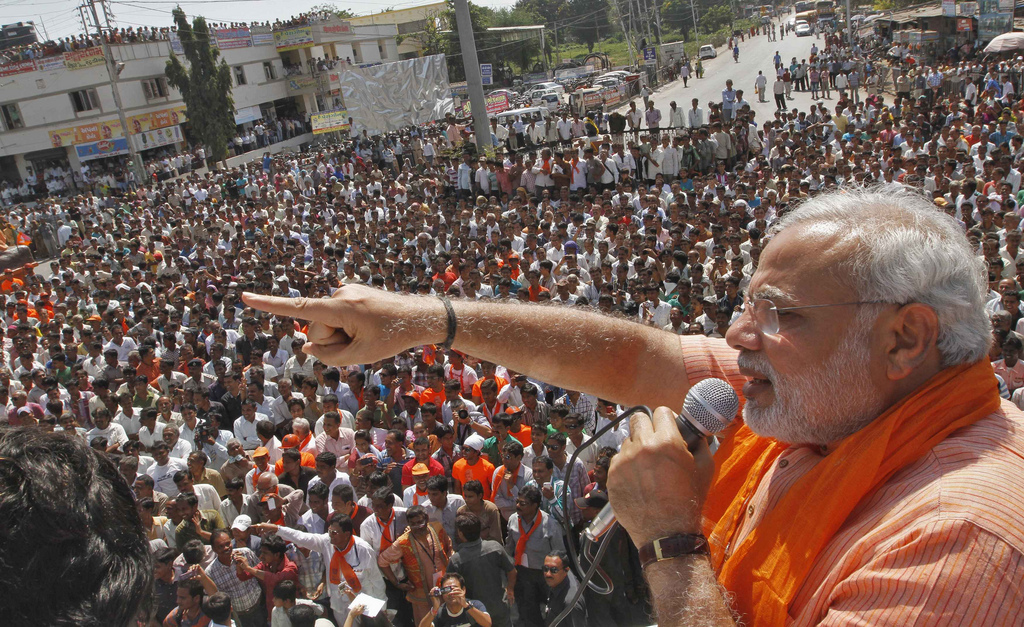What does India’s future hold under the BJP?

The Congress party has held control over India for over a decade, but the economic development that has been promised time after time has not materialized. As per the most recent poll projections, the Bharitiya Janata Party (BJP) is now predicted to take control of the world’s largest democracy, with over 35.7 percent of voters promising their vote to the party. The study goes on to use survey information to anticipate that the BJP would gain between 215-225 seats in the Lok Sabha (lower house) of the Indian legislature. But what does the BJP propose to reform many of the striking problems in India? The party’s recently released manifesto provides some answers.
BJP’s manifesto is titled ‘One India, Best India- Unity and Development for Everyone’. The focal point of the document is that the BJP has included reforms in the central areas that the majority of the public has expressed outrage over. Problems such as price increases, corruption, and unemployment are all touched upon in the plan. Additionally, artillery issues such as economic development, transportation infrastructure, and access to water and electricity were surprisingly focused on as well. One of the most important solvency mechanisms the BJP points to is the judicial system. For matters such as price spikes, the manifesto suggests establishing “special courts” to not only prevent hoarding, but to also stop the notorious amassing of “black money” by corrupt officials in India. These are issues that have been sidestepped in the past due to vague explanations such as “lack of international co-operation.” The BJP manifesto has an air of being in layman’s terms while concisely explaining different strategies for tackling a number of problems.
The document also possesses a large number of progressive ideas that have never been proposed. One of the massive standouts is the promise of Wi-Fi in public places. The party has made references to a “National Optical-Fiber Network” but has not fully explained the functional implementation of such a plan. Furthermore, the North-East region, which has been isolated from the rest of the country since India’s inception, is to obtain a new monorail infrastructure as well as better roads. These types of innovative ideas show the scope of the BJP vision for India’s future.
There is another focus in both manifestos that has empirically impacted elections: freebies. Congress’ manifesto has focused on freebies such as free televisions and increased taxes on the middle class. In stark contrast, the BJP manifesto does not have a sign of any freebies. This is important as not only the manifesto, but all speeches by PM candidate Narendra Modi have not mentioned any free initiatives. The focus on the middle class in the BJP manifesto, coupled with the introduction of new tax and loan reforms for farmers, seems to be the method by which the party wants to tackle these problems. Freebies will not be Congress’ way out in the upcoming elections, and after a presentation of what is widely considered to be a “rehash of 2009 promises,” there does not seem to be any new ideas coming from the party. If the elections occur as predicted and the promises made by the manifesto are kept, then we can expect a brighter future for India in the coming decades.
[Image Attribute: eChunav]




